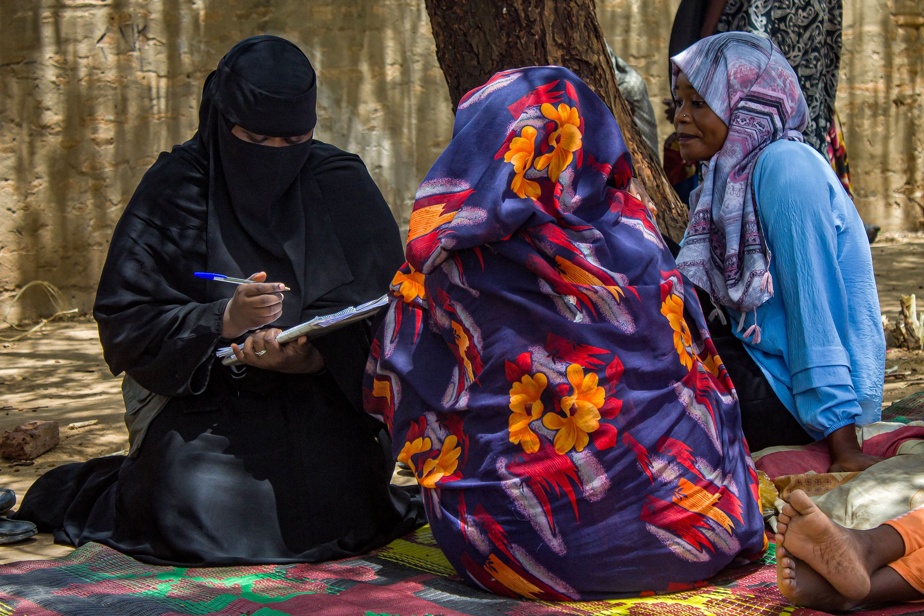(Khartoum) Fierce fighting rocked Khartoum on Sunday, testifying to the fierce struggle for power between the army and the paramilitaries in Sudan where the spread of diseases and the malnutrition of displaced children are worrying humanitarian workers.
The inhabitants of the Sudanese capital woke up again to the sound of “severe fighting with all types of weapons”, reports one of them to AFP, and the “flight of combat planes”, completes a second .
The clashes are particularly intense in Khartoum, but also in Darfur, a vast region the size of France, bordering Chad, where in addition to the conflict between soldiers and paramilitaries, tribal fighters, local militias and armed civilians have been involved in fighting. These now take on an “ethnic dimension” which could make them “crimes against humanity”, according to the UN.
Since its outbreak on April 15, the conflict has caused nearly 3,000 deaths and 2.8 million displaced persons and refugees. The government body for the fight against violence against women indicates that it has identified a hundred sexual assaults, a toll probably just as underestimated as that of the human losses, both victims and caregivers are unable to move under bombs.

PHOTO AGENCE FRANCE-PRESSE
Women and children are gathered in a building of a camp for internally displaced people in Al-Suwar, central-eastern Sudan, on June 22.
Rape and displacement
This body at the forefront of the census of rapes in Sudan reports “25 sexual assaults in Nyala”, capital of South Darfur, “21 sexual assaults in El-Geneina”, capital of East Darfur and “42 others in Khartoum”.
In Khartoum, “most of the survivors” identified the paramilitaries of General Mohamed Hamdane Daglo’s Rapid Support Forces (RSF) as the perpetrators, and in Darfur, “all the survivors blamed the RSF”, reports the same source.
Most of the RSFs at war with the army led by General Abdel Fattah al-Burhane are Janjaweed, Arab militiamen who ravaged Darfur and its non-Arab minorities in the early 2000s on behalf of dictator Omar el- Bashir, deposed in 2019.
Today, this new war has pushed nearly 180,000 Darfuris to flee to Chad, according to the UN.
Inside Sudan itself, nearly 2.2 million people have been displaced. “Hundreds of thousands of people, mostly women and children” are crammed into “nine camps in White Nile State”, which runs from south of Khartoum to the border with South Sudan, reports the NGO Doctors Without Borders (MSF).
“The situation is serious: there are suspected cases of measles, and child malnutrition is a vital health emergency”, warns the NGO, in one of the poorest countries in the world where, already before the war, a person out of three suffered from hunger.
“From June 6 to 27, we treated 223 children possibly suffering from measles, 72 were hospitalized and 13 died in the two hospitals that we support,” says MSF.
Rains and epidemics
Humanitarians continue to demand safe corridors to access the wounded and especially the displaced, but so far no truce announced to this effect has been respected.
NGOs insist that time is running out because Sudan has entered its rainy season, which runs from June to September. With the downpours that suddenly fall on this arid territory, floods are frequent, blocking the roads and claiming victims every year.
And their stagnant waters favor epidemics ranging from malaria to cholera and dengue fever.
Despite the urgency, the meager diplomatic efforts undertaken so far by the Americans and the Saudis alone have come to nothing, as the two belligerents are betting on a military victory rather than a negotiated outcome.
The African Union, Sudan’s neighbours, the Arab League and the UN are pleading for regional solutions which have so far met with no response.
